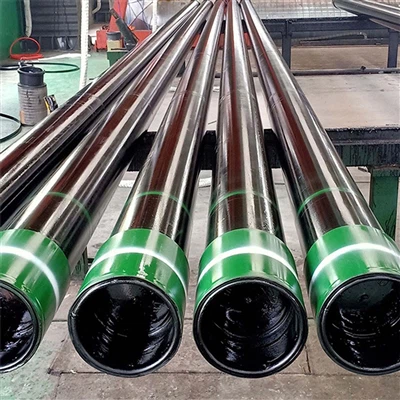Overall Comparison
ASTM A1085 is a more recent and advanced specification compared to ASTM A500 Grade B. It offers higher strength, better material tolerance, and enhanced toughness, making it particularly suitable for applications that require high performance, such as seismic-resistant structures and bridges. In contrast, ASTM A500 Grade B is a widely used standard that provides good balance between strength and formability, suitable for general structural applications.
Similarities
Both ASTM A1085 and ASTM A500 Grade B are specifications for hollow structural sections (HSS) used in various structural applications. They share several common characteristics:
- Material Type: Both standards cover cold-formed welded carbon steel HSS.
- Maximum Perimeter: The maximum perimeter for round, square, and rectangular tubes in both specifications is 88 inches.
- Minimum Yield Strength: Both standards have a minimum yield strength of 50 ksi.

Differences
Scope:
- ASTM A1085: Covers cold-formed welded HSS.
- ASTM A500 Grade B: Covers both cold-formed welded and seamless HSS.
Thickness Range:
- ASTM A1085: The thickness range is from 0.148 inches to 0.875 inches.
- ASTM A500 Grade B: The thickness range is below 0.875 inches.
Maximum Yield Strength:
- ASTM A1085: Specifies a maximum yield strength of 70 ksi.
- ASTM A500 Grade B: Does not specify a maximum yield strength.
Wall Thickness Tolerance:
- ASTM A1085: Has a tighter wall thickness tolerance of -5%.
- ASTM A500 Grade B: Has a wall thickness tolerance of -10%.
Mass Tolerance:
ASTM A1085: Has a mass tolerance of -3.5%.
ASTM A500 Grade B: Does not specify a mass tolerance.
Corner Radii:
- ASTM A1085: Specifies both minimum and maximum corner radii. For material less than 0.4 inches thick, the corner radius is between 1.6t and 3.0t. For material greater than 0.4 inches thick, the lower bound of the corner radius is 1.8t.
- ASTM A500 Grade B: Specifies a maximum corner radius but does not limit the minimum radius.
Charpy V-notch Test:
- ASTM A1085: Requires a Charpy V-notch test with a minimum value of 25 ft-lbs at 40°F.
- ASTM A500 Grade B: Does not require a Charpy V-notch test.
Supplemental Requirements:
- ASTM A1085: Offers optional heat-treating and varying CVN requirements.
- ASTM A500 Grade B: Does not have these supplemental requirements.
Summary
ASTM A1085 and ASTM A500 Grade B are both important specifications for HSS, but they have distinct differences that make them suitable for different applications. ASTM A1085 offers tighter tolerances, a maximum yield strength limit, and additional testing requirements, making it more suitable for applications that require higher precision and better seismic and fatigue performance. On the other hand, ASTM A500 Grade B is more versatile and widely available, covering both welded and seamless HSS.








